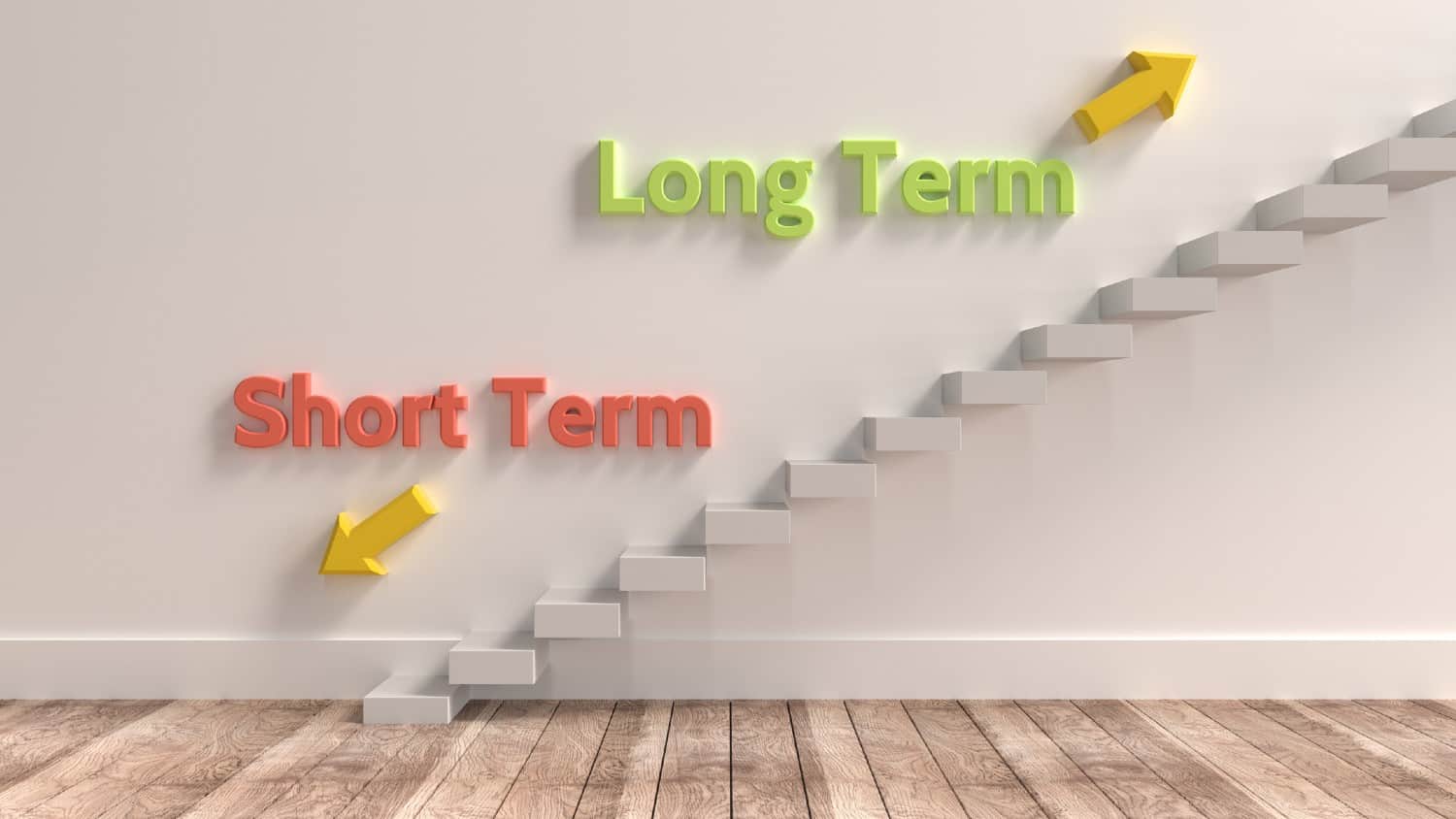FTSE 100 commodities giant Rio Tinto (LSE: RIO) has been overlooked by many in the past four years.
This is principally due to its fortunes being closely linked to those of China, in my view.
Up to then, the country’s enormous economic expansion powered the supercycle in the prices of commodities needed in that growth.
The onset of Covid in 2019 heralded a sharp fall in its business activity. However, by the end of last year, China had managed to achieve its official economic growth target of “around 5%”. The same target is in place this year.
Additionally positive are recent manufacturing data indicating ongoing expansion. Several major economic stimulus measures are also ongoing.
How has the company done?
Even in 2023’s depressed commodities market, Rio Tinto made a profit of $10bn. Underlying earnings were $12bn.
Crucially for shareholders, it continued to pay good dividends throughout China’s relatively economically stagnant period.
Working backwards from 2022, it paid 6.8%, 12.9% (including a special dividend), and 6.8% each again in 2020 and 2019.
In 2023 it paid a dividend of $4.35 (£3.40) a share, which gives a yield of 6.4% on the current price of £53.58.
The main risk for the firm is if China’s apparent economic recovery falters. Another is that the company fails to expand its sales in other key developing markets.
However, consensus analysts’ forecasts are for earnings to grow at 2.7% a year to end-2026. Return on equity is projected to be 16.6% by that point.
Passive income returns
Passive income is money earned by investors for doing very little work daily, such as dividends.
In Rio Tinto’s case, £17,000 — the average UK savings account amount — would buy 317 shares in the firm.
This number of shares yielding 6.4% would make £1,088 in first-year dividend payments. After 10 years, if the yield averaged the same, then the total passive income would be £10,880.
This is a better return than any UK bank savings account right now. But it is nowhere near what could be through ‘dividend compounding’.
This is the same investment idea as compound interest in a bank account. But rather than interest being left in an account to produce further capital growth, dividends are reinvested in a share.
If this was done, then the total dividend returns over 10 years would be £15,185 instead of £10,880. The total investment pot would be £32,185, paying £1,990 a year in dividends, or £166 a month.
On the same average yield of 6.4%, after 30 years the investment pot would total £115,366. This would generate £7,134 a year in passive income, or £595 each month!
Will I buy it?
I already have other holdings in the commodities sector that will allow me to benefit from Chinese economic growth.
If I did not have those shares, then I would buy Rio Tinto today for three reasons. It generates a high level of passive income. It is forecast to grow in the coming three years. And there also looks to me to be value left in its share price.
Specifically, it trades on the key price-to-book (P/B) stock valuation measure at 2, against a peer group average of 2.2. This makes it undervalued at its current price.








